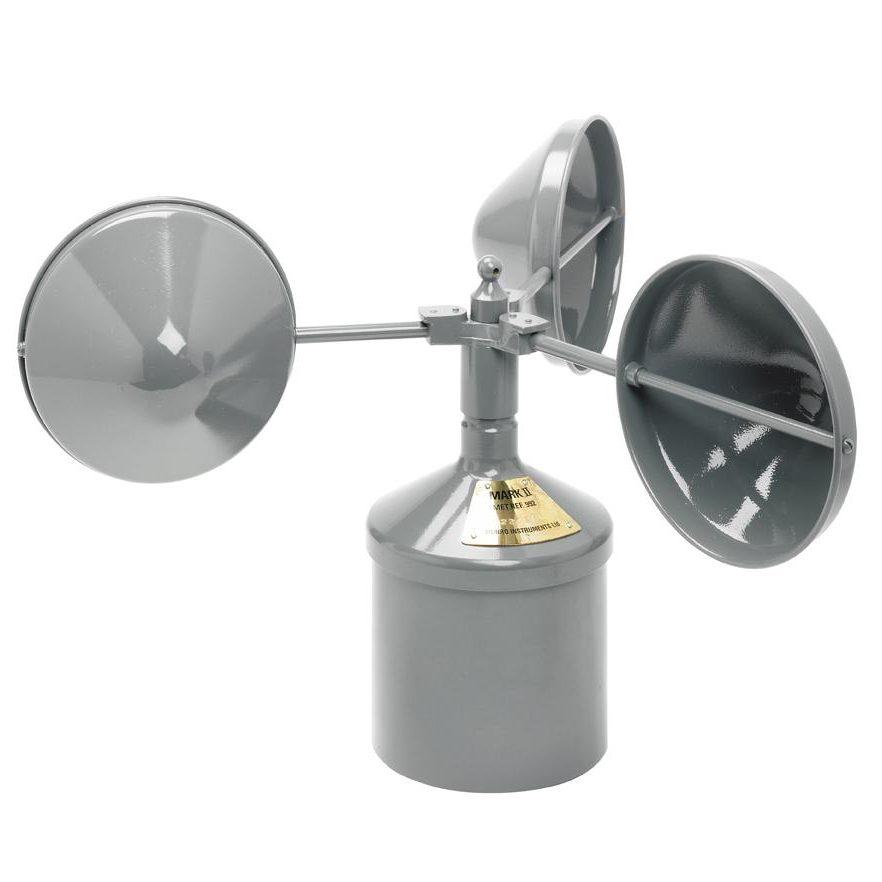Contrasting Digital and Mechanical Anemometers: Which is Right for You?
Contrasting Digital and Mechanical Anemometers: Which is Right for You?
Blog Article
All You Required to Learn About Anemometers: Exactly How They Work, Why They Issue, and Where to Utilize Them
Anemometers, though frequently overlooked in the realm of clinical instruments, play an essential duty in various areas, providing beneficial insights right into wind speed and air flow patterns. Understanding the auto mechanics behind these devices is crucial for any individual seeking to harness the power of this data. From meteorologists tracking climate patterns to engineers making structures with wind tons in mind, the applications of anemometers are diverse and significant. As we explore the ins and outs of anemometer technology, we will certainly reveal the inner workings of these gadgets, their value, and the key considerations when picking the right anemometer for particular applications.

Anemometer Basics
A vital tool made use of to gauge wind speed and instructions, the anemometer plays a vital role in weather forecasting and numerous sectors. An anemometer typically is composed of 3 or four mugs that turn in the wind, a vane that points right into the wind, and sensing units to track the turnings or motions.
There are various types of anemometers offered, consisting of cup anemometers, vane anemometers, hot-wire anemometers, and sonic anemometers, each with its distinct functions and applications. Mug anemometers are commonly used for fundamental wind rate dimensions, while vane anemometers are preferred for directional measurements.
Concepts of Anemometer Procedure
Building on the fundamental understanding of anemometer essentials, the principles of anemometer operation clarify the auto mechanics behind wind speed and instructions dimensions. Cup anemometers, for instance, have 3 or more mugs that capture the wind, triggering them to spin faster as the wind speed rises. Hot-wire anemometers count on a heated wire that cools down as wind passes over it, with the price of cooling down figuring out the wind speed.
Significance of Anemometers
Anemometers play a vital function in determining wind speed and direction, offering vital data for weather condition forecasting, climate researches, ecological surveillance, and aeronautics procedures. Meteorologists depend on anemometers to gather precise wind data, helping them understand weather patterns, forecast tornados, and problem timely cautions to the public. Wind ranch drivers utilize anemometers to evaluate wind conditions and maximize electricity manufacturing from wind generators.
Applications Throughout Different Industries
Applications of anemometers span throughout diverse sectors, showcasing their adaptability and utility past weather forecasting. In the renewable resource field, anemometers play a critical duty in examining wind conditions for wind ranch positionings, ensuring optimum energy production. Industries like construction and mining use anemometers to keep track of wind speeds, important for security protocols, especially when working at heights or in open-pit mines where strong winds can posture hazards. Anemometers are also indispensable in the aviation market, aiding pilots in understanding airspeed and wind instructions for secure liftoffs and touchdowns. The maritime market benefits from anemometers for ship navigation, aiding seafarers anticipate weather condition modifications and change courses appropriately. In agriculture, anemometers assist farmers in managing crop splashing by offering real-time information on wind speed to prevent drift. Furthermore, anemometers find applications in heating and cooling systems to maximize air flow and improve energy efficiency in structures. The view publisher site varied use situations of anemometers underscore their significance across various industries, highlighting their vital role in enhancing operational safety and security and efficiency (anemometer).

Choosing the Right Anemometer for Your Requirements
For basic functions, a mug anemometer is appropriate for measuring wind rate, while a vane anemometer gives wind direction information. Hot-wire anemometers are perfect for low airspeed measurements, and ultrasonic anemometers provide high precision and resilience.

Final Thought
Finally, anemometers play an essential duty in determining wind speed and direction across various sectors. Comprehending the principles of anemometer procedure is vital for selecting the appropriate gadget for specific demands. From meteorology to aeronautics, anemometers are crucial tools for making certain and gathering exact data safety and security in different applications. When selecting the most appropriate tool for gauging wind problems., it is important to think about the significance of anemometers in order to make educated choices.
There are numerous kinds of anemometers available, including mug anemometers, vane anemometers, hot-wire anemometers, and sonic anemometers, each with its one-of-a-kind features and applications. Cup anemometers are typically utilized for standard wind rate dimensions, while look at here now vane anemometers are chosen for directional measurements. Hot-wire anemometers are suitable for low airspeeds, and sonic anemometers are suitable for high-precision dimensions in study and industrial settings.Building on the foundational understanding of anemometer basics, the principles of anemometer operation elucidate the mechanics behind wind speed and direction measurements. For general purposes, a cup anemometer is suitable for measuring wind speed, while a vane anemometer provides wind direction information.
Report this page